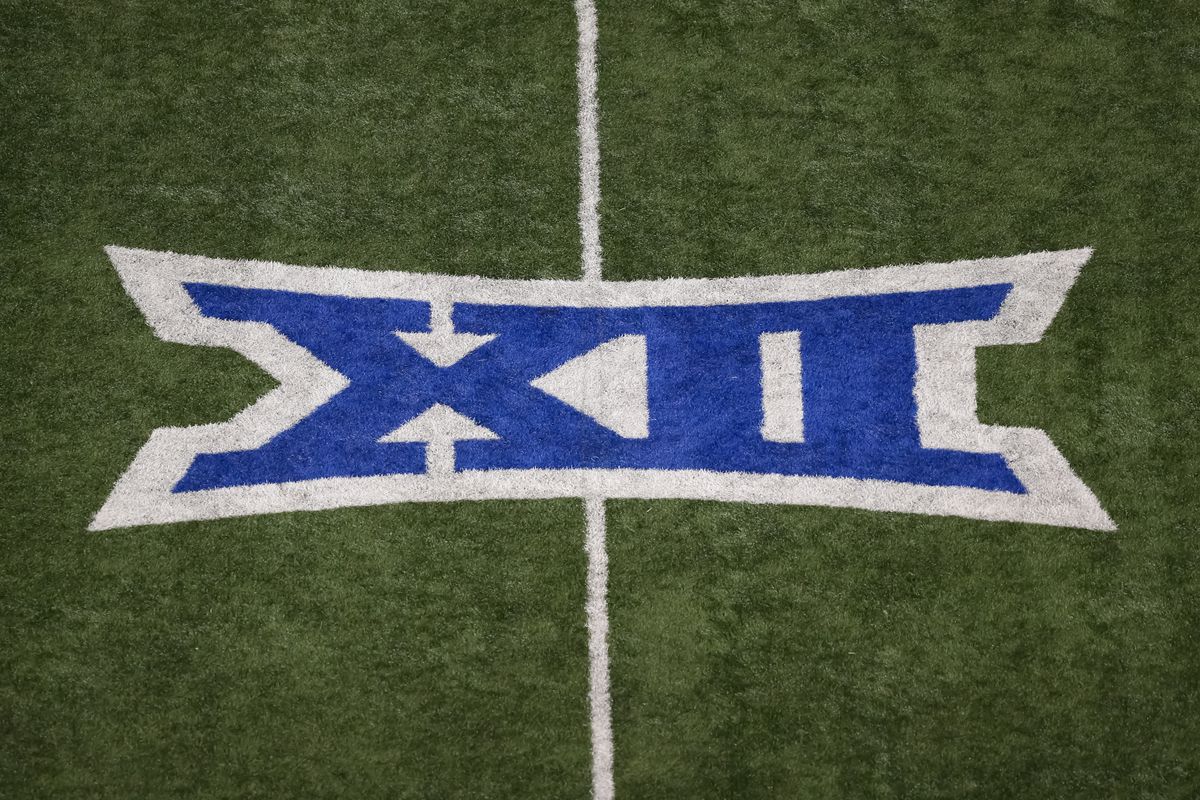The SEC closes in on becoming a super conference with the addition of Texas and Oklahoma. The Big 10, ACC, and Pac-12 form a new college athletics alliance. Now, the Big 12 is left scrapping to avoid becoming the footnote of college sports.
To combat the progressively competitive landscape, the Big 12 is considering an expansion plan that would invite four newcomers to the conference. Cincinnati, BYU, Houston, and UCF are the candidates hopeful to fill the void that Oklahoma and Texas will inevitably leave. The four promising programs would be eligible and may join the ten teams (including Texas and Oklahoma for the time being) in the Big 12.
Cincinnati and Houston are current members of the American Athletic Conference. These three are required to provide the AAC with 27 months’ notice preceding their departures. Each would also face a $10 million fee for early termination from the conference. However, this fee is typically negotiable if a school leverages the terms of their TV and media rights and/or the timeline of their departure.
BYU is the oddball in that they operate as an independent and consequently have much more leniency regarding when they could join the Big 12.
The Big 12 just completed two days’ worth of meetings focusing on potential future membership. “Following two days of consultation with the athletic directors of the continuing members of the Big 12 conference, the eight ADs remain committed to furthering the Big 12 as one of the nation’s premier athletic conferences and look forward to working with our presidents and chancellors to strengthen the league,” conference commissioner Bob Bowlsby said on Wednesday. “Future exploration by the group will continue to center on options that best position the long-term strength of the conference.”
When Oklahoma and Texas announced this summer they’re leaving the Big 12, the original plan was to make the move in 2025 after fulfilling their contractual rights to the Big 12. Suppose BYU, Cincinnati, Houston, and UCF accept invitations to the Big 12. In that case, the Sooners and Longhorns could depart for the SEC before 2025, only if the remaining eight schools are made financially whole from the current media rights deal. Each remaining school would be owed $37 million, which would come from Texas and Oklahoma’s pockets.
The four schools would earn significantly more revenue from media rights if they were to join the Big 12. AAC schools earn on average $7 million from media rights revenue per year, versus $37 million averaged for each Big 12 school annually.
CBS Sports reports the league will lose at least 40% of its value once Texas and Oklahoma exit the picture. But the addition of the four new schools could bring in $20 million-$25 million per season, which would drastically help bridge the gap left from the two dominant programs.
It’s no secret Texas and Oklahoma (mostly Oklahoma) are levels above the majority of their Big 12 counterparts in college football. The four potential newcomers can’t compete with Oklahoma’s success and College Football Playoff bids. On the other hand, all four have been similar to or even surpassed the Longhorn’s level of competitiveness.
With the College Football Playoffs format expected to change in the near future, the Big 12 will need top-level competition within the conference. A favorable alternative playoff scheme includes automatic bids from each conference champion. We’ve seen Oklahoma represent the Big 12 as a frequent visitor in the current 4-team CFP structure. And we’ve also seen how Oklahoma struggles to hang with the likes from the SEC and Big 10. One of the implied four Big 12 newcomers could represent the best chance of success against the other prevailing conferences.
For more College Football coverage, click here.



















